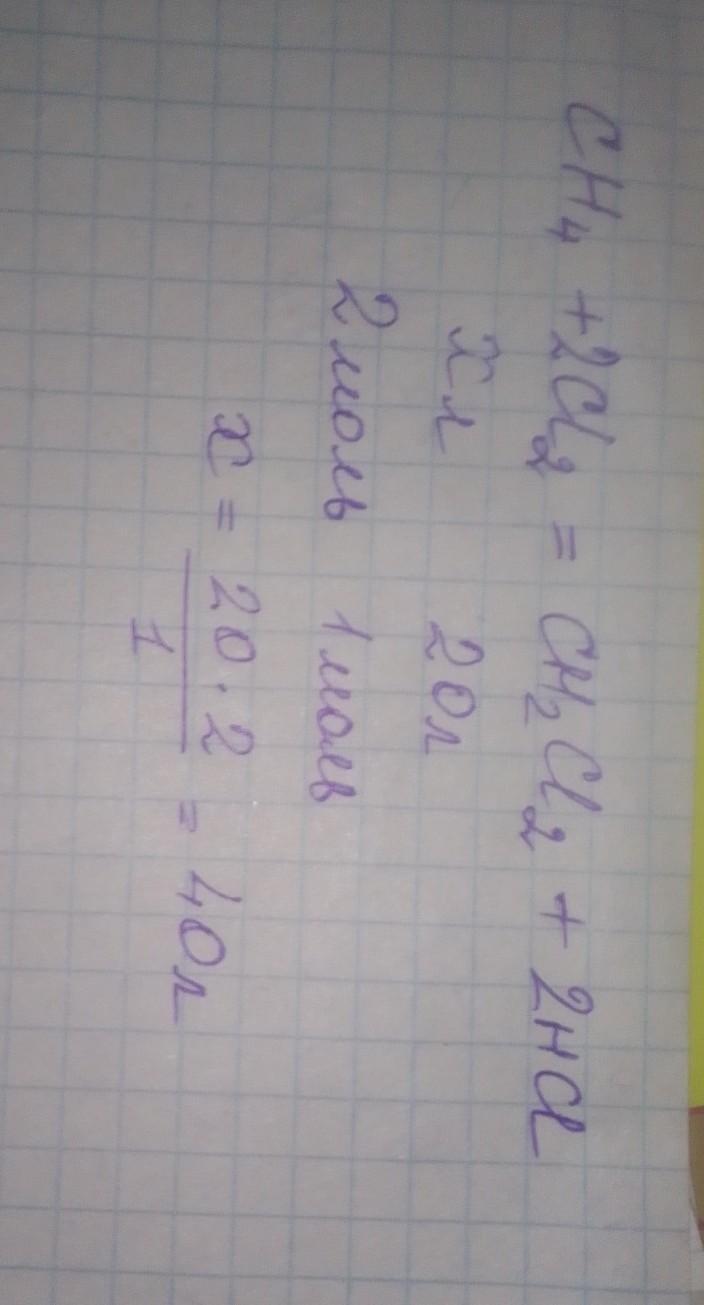Предмет: Химия,
автор: mykhailovajulia459
Метан вступив в реакцію заміщення з хлором, утворивши 20 л дихлорметану.
Який об'єм хлору прореагував?
Ответы
Автор ответа:
1
Объяснение:
В газовых реакциях отношение объёмов реагирующих веществ равно отношению соответствующих коэффициентов в уравнении реакции.
Приложения:

Похожие вопросы
Предмет: Русский язык,
автор: alena5shurkova
Предмет: Английский язык,
автор: bmm200789
Предмет: Українська мова,
автор: milocheksenpai
Предмет: Русский язык,
автор: Milenochka12310
Предмет: Математика,
автор: Аноним